It took about two hours to sail from Sketrick Island in Strangford Lough to the open sea. Our calculations were correct and there were enough water under the keel for passing the narrows near Sketrick Island and the favourable current quickly pushed us to the sea. The tides in this area require vigilance for having enough water in both the departure and arrival ports. Our destination was Peel harbour in the Isle of Man that is accessible +-2 hours of high water.
The journey went quickly in 20 knots of downwind until about 20 miles before the Peel harbour the wind died completely after it has been blowing from north-west for several days. We also had missed the point that the same wind has been blowing on the North-Atlantic for quite some time and that the waves had a direct passage through the North Channel between Ireland and Scotland to the Irish Sea. We kept the mainsail hoisted for dampening wild swinging. Anyhow, the rest of the sail towards Peel was not by any means comfortable 🙂 Next day when S/Y Stargazer followed us from Strangford Lough its skipper asked by smiling that “How was your ride yesterday?”
Our original plan was to sail to Douglas that meant going around the Isle of Man either from north or south bound depending on tidal currents and winds. But when everybody we met recommended Peel harbour we decided to listen the local knowledge. The distance to Dublin is more or less same from both harbours but our sailing to Mann was now 20 miles shorter.
We arrived in Peel in the beautiful sunshine and the harbourmaster welcomed us by showing the options. There was an on-going dredging operation in the harbour and we had an option either to go alongside the fishing boat or stay temporarily in the berth and move the boat as needed to stay out from the dredging work.
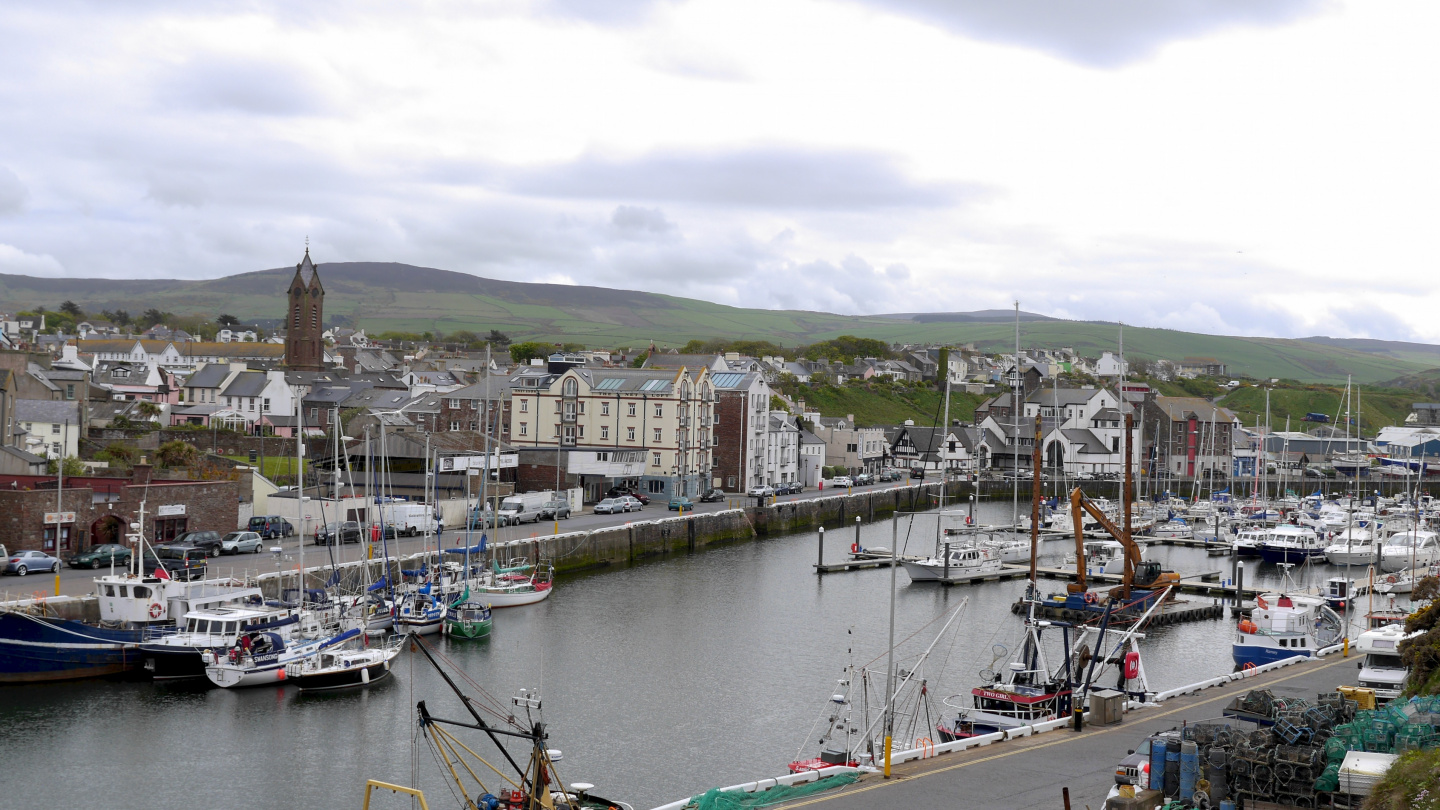
Finally we were lucky and could lay at the same berth for the duration of our stay on the island. Later when visiting Douglas we also checked the marina there. It was very full and all visiting yachts were in rafts. We were really happy about staying in Peel. The bus network is excellent and it was easy to jump on the bus and go in any direction: north, east or south on different days.
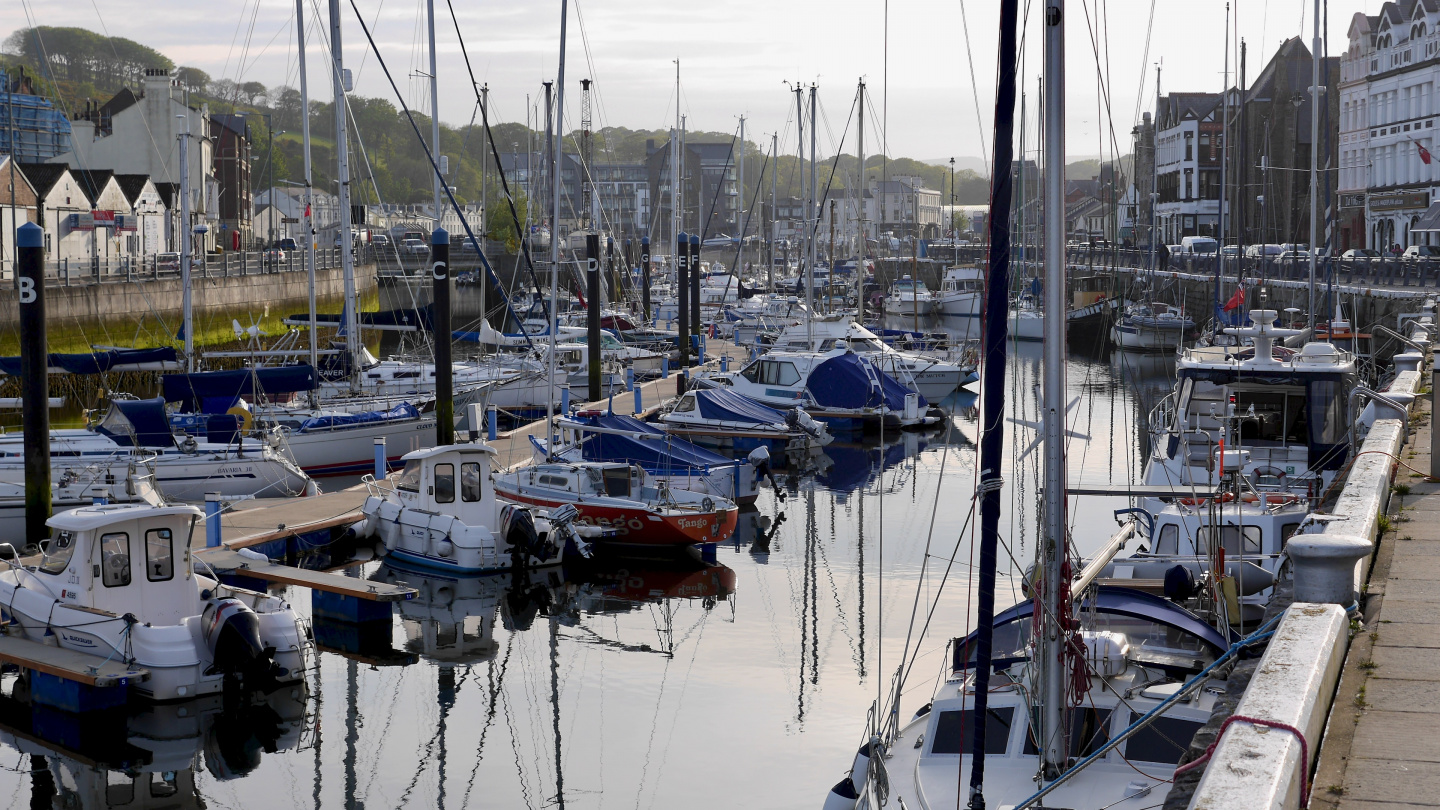
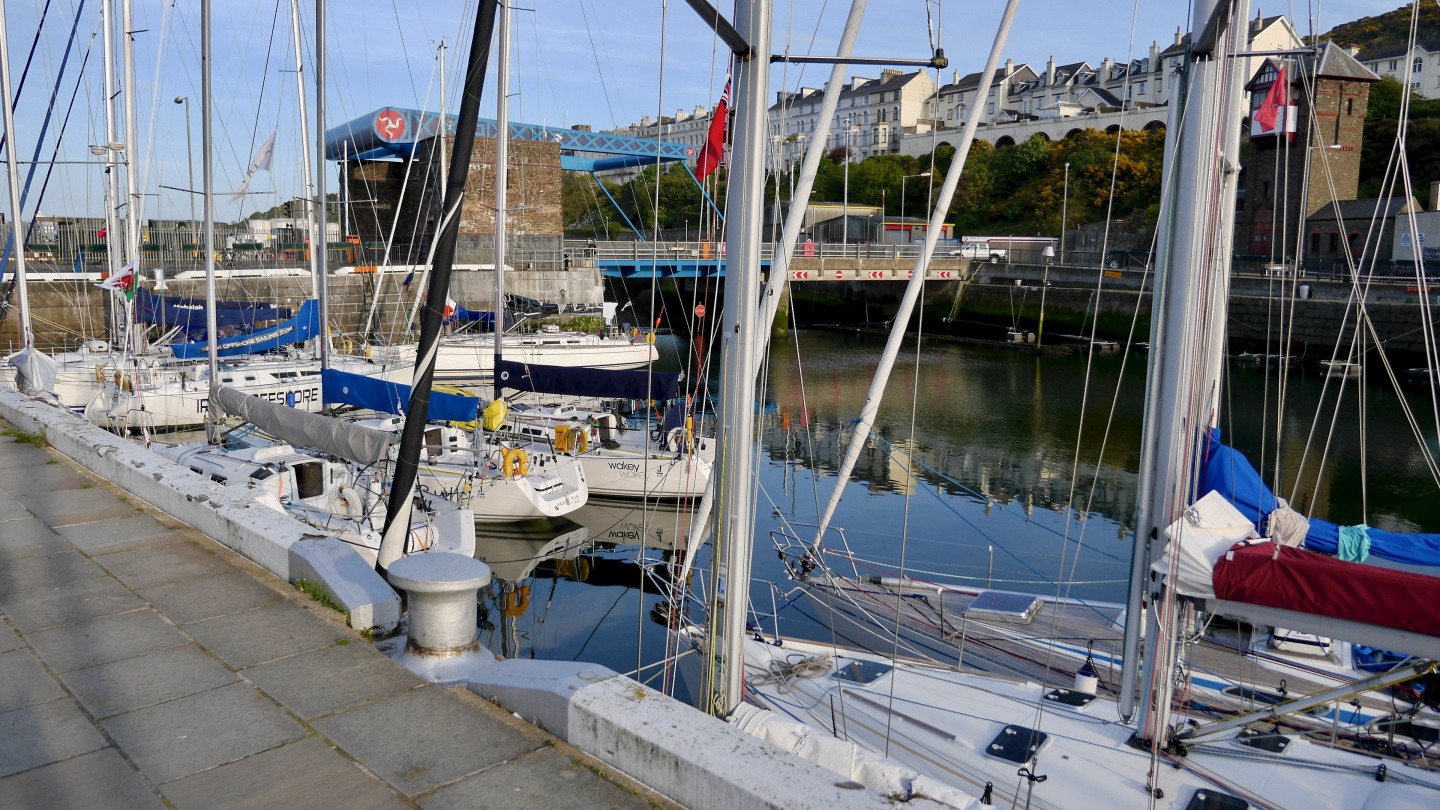
Time passed quickly on the Isle of Man. There was so much to see around the island. We purchased a three-day explorer ticket that was valid to all public transport in the Isle of Man. And so the time travel began. There are still today in use the steam train, electric tramway and horse pulled tram from the 19th century. Exploring the island for three days was really fun!
On the first day we jumped into the bus and travelled to Ramsey that is located at the northern end of the island. We sat at the front seats and time passed quickly by chatting with a friendly bus driver. He was also a race driver and knew the road very well. He told about corners and jumps not forgetting to show straights were the speeds go over 300 km/h.
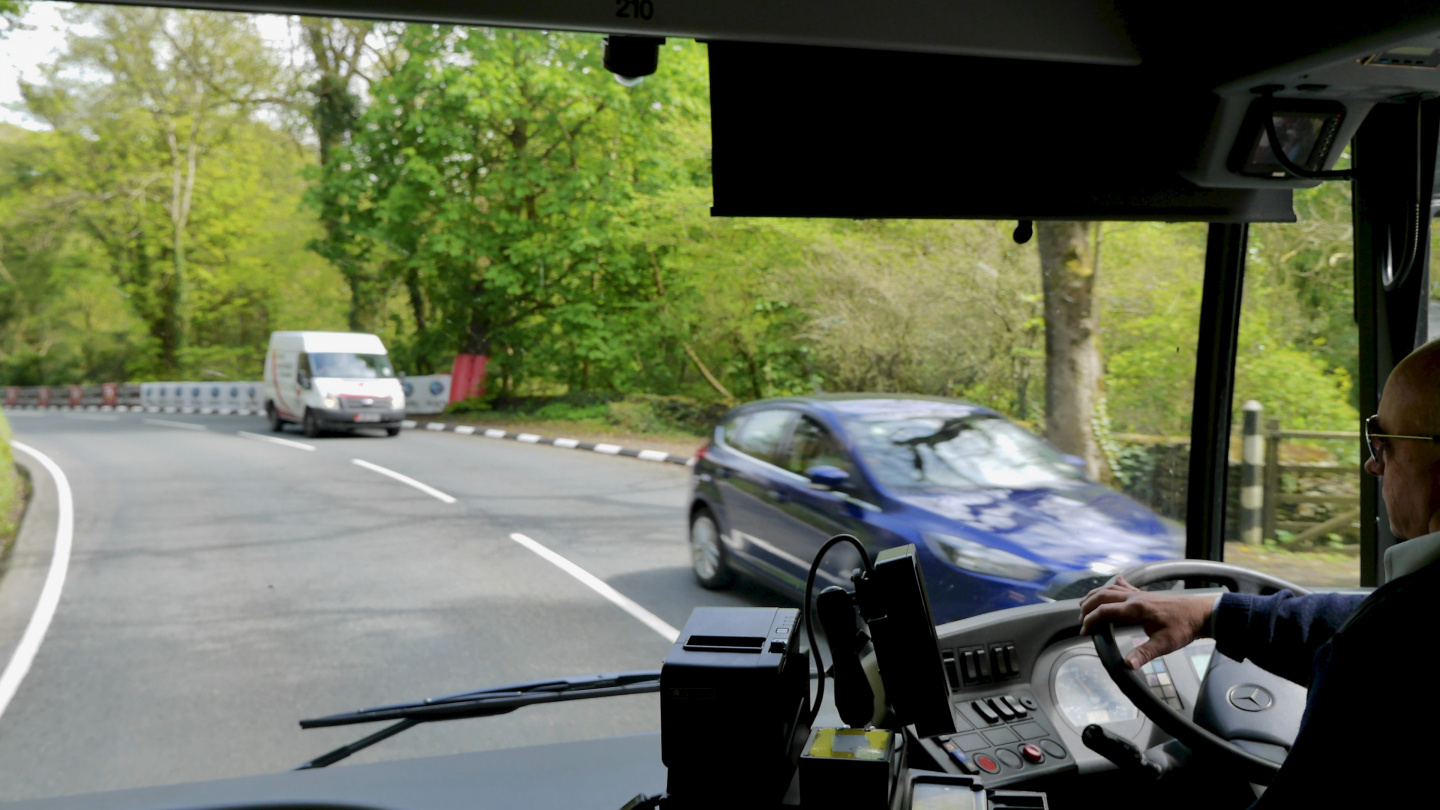
Did you know that driving fast on the Isle of Man is allowed also outside TT-race? There are no speed limits at all outside of towns and villages. The racecourse passes many small villages and of course during the competition drivers pass the houses at close distance. Many are familiar to German autobahns but driving 300 on these narrow and winding roads between houses and trees sounds unbelievable!
In Ramsey we changed our mode of transport to a narrow gauge electric tram. The tramway on the Isle of Man is the oldest still functioning electric tramway in the world that runs on original route with original carriages. All the tramcars are form 1893 – 1910 and there are a total of 27.4 kilometres of lines. What a wonderful clatter and feeling!
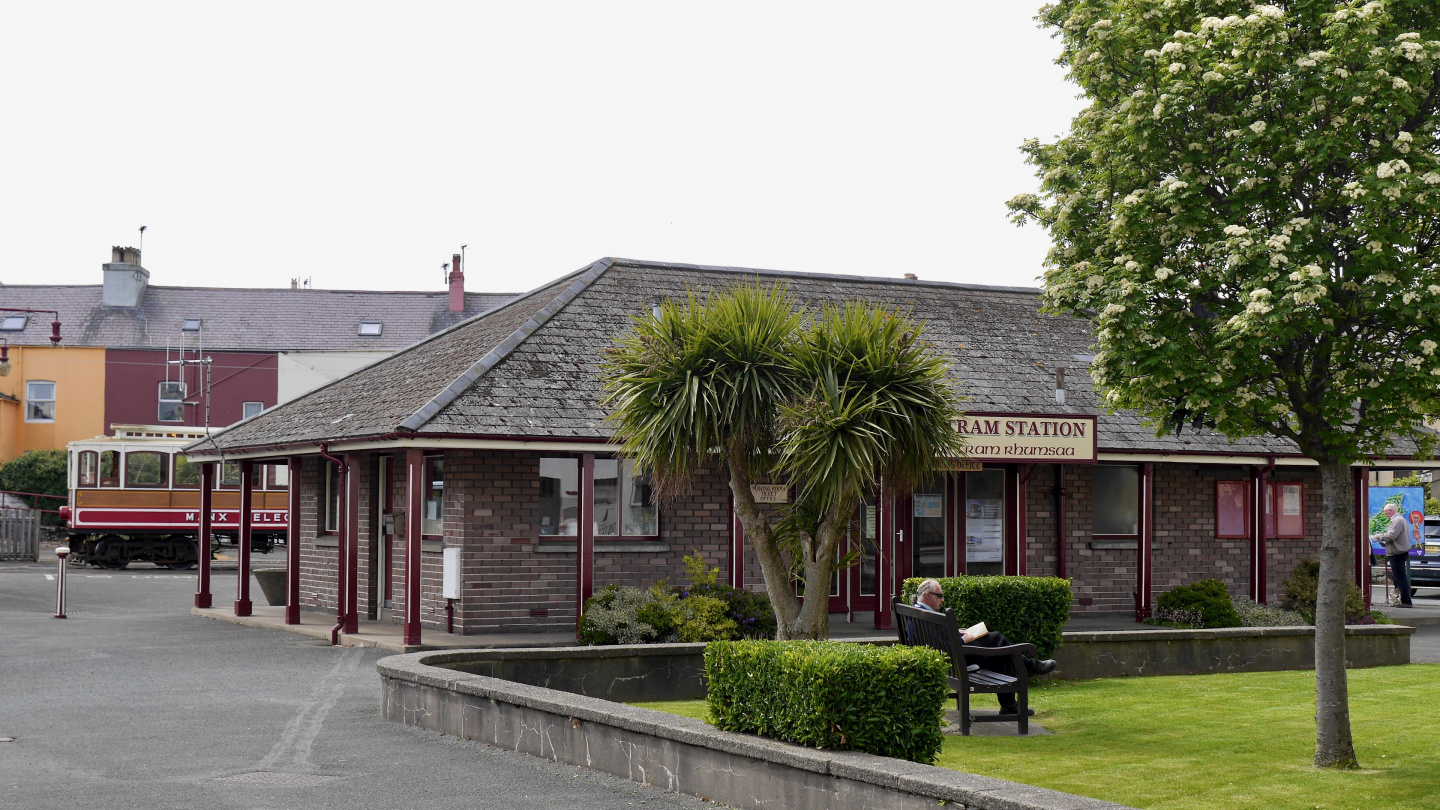
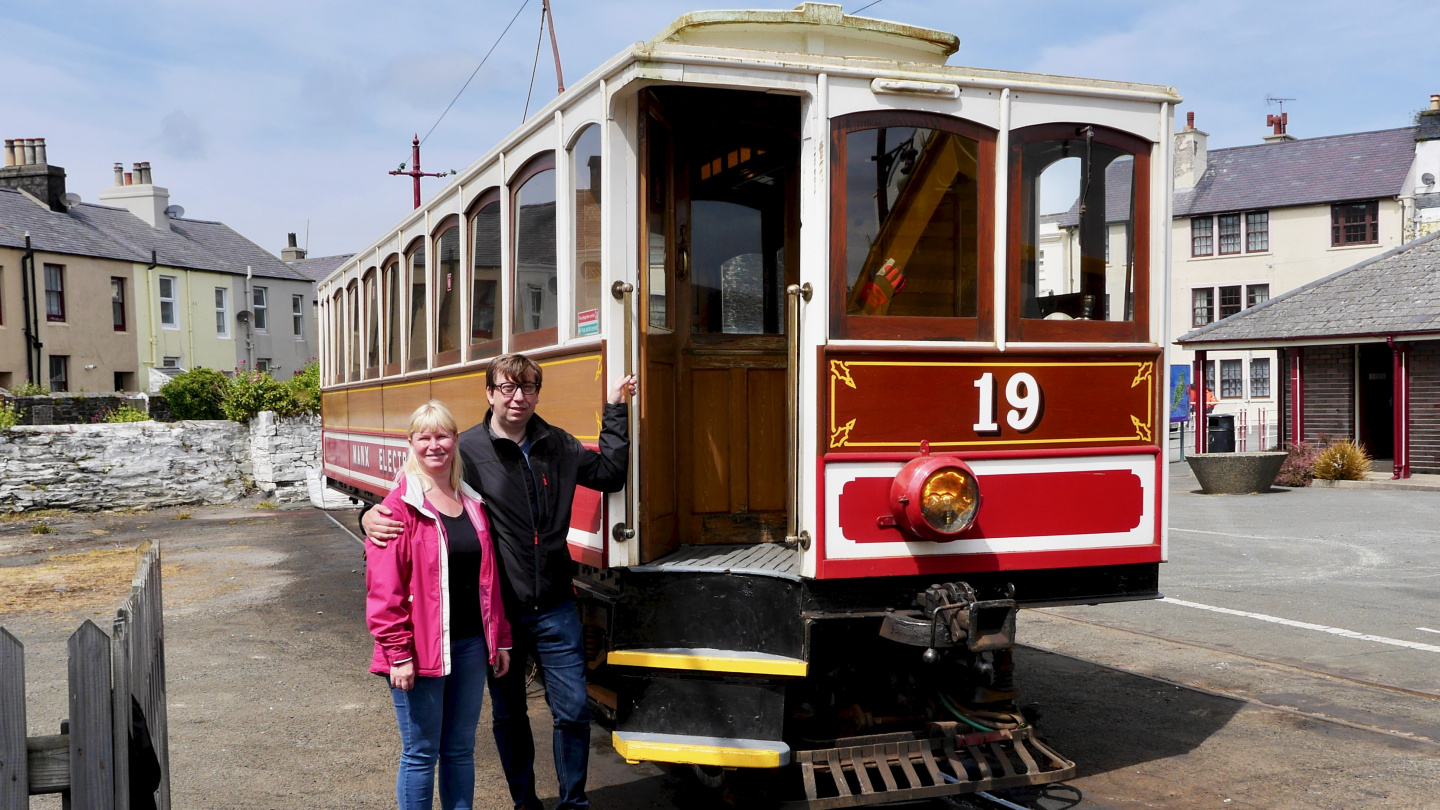
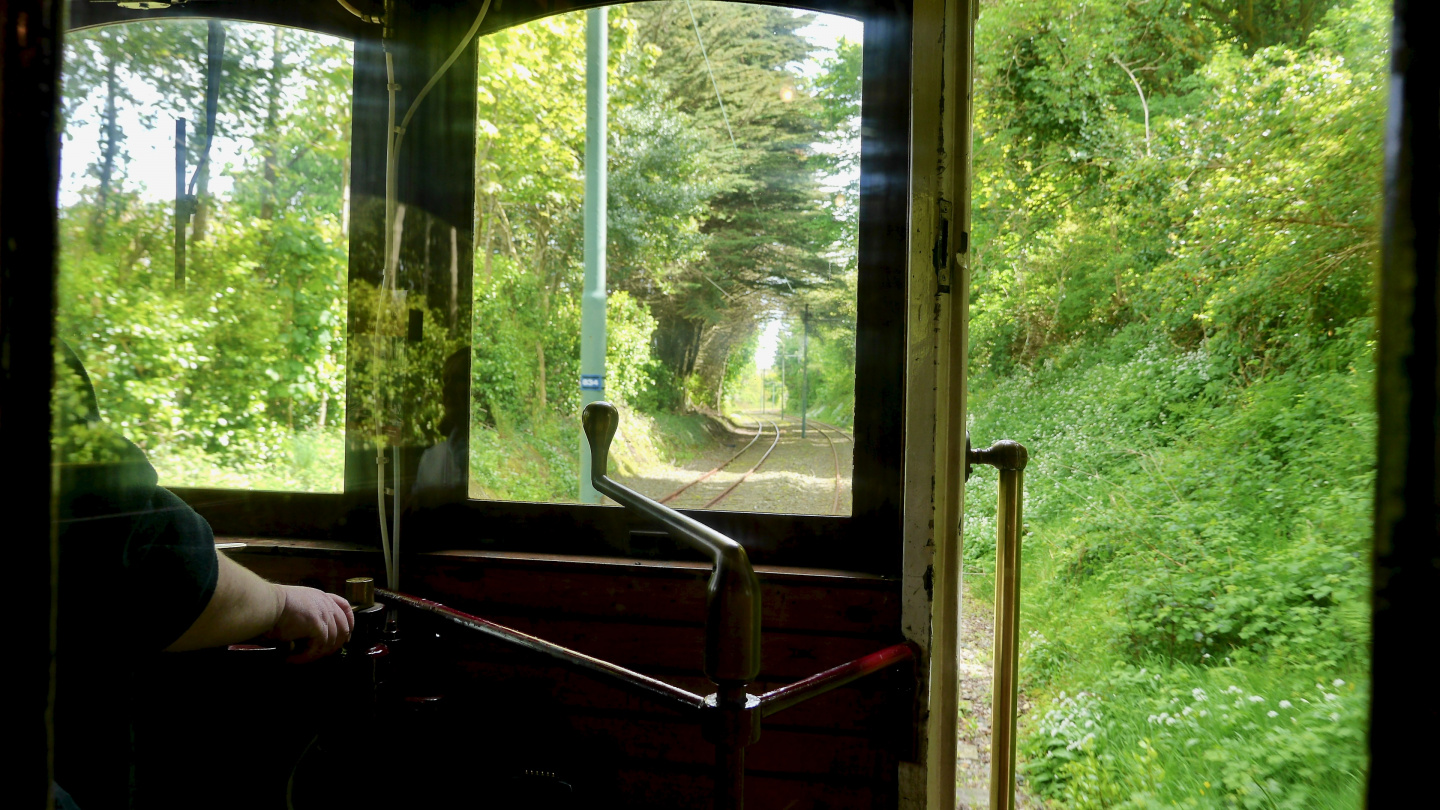
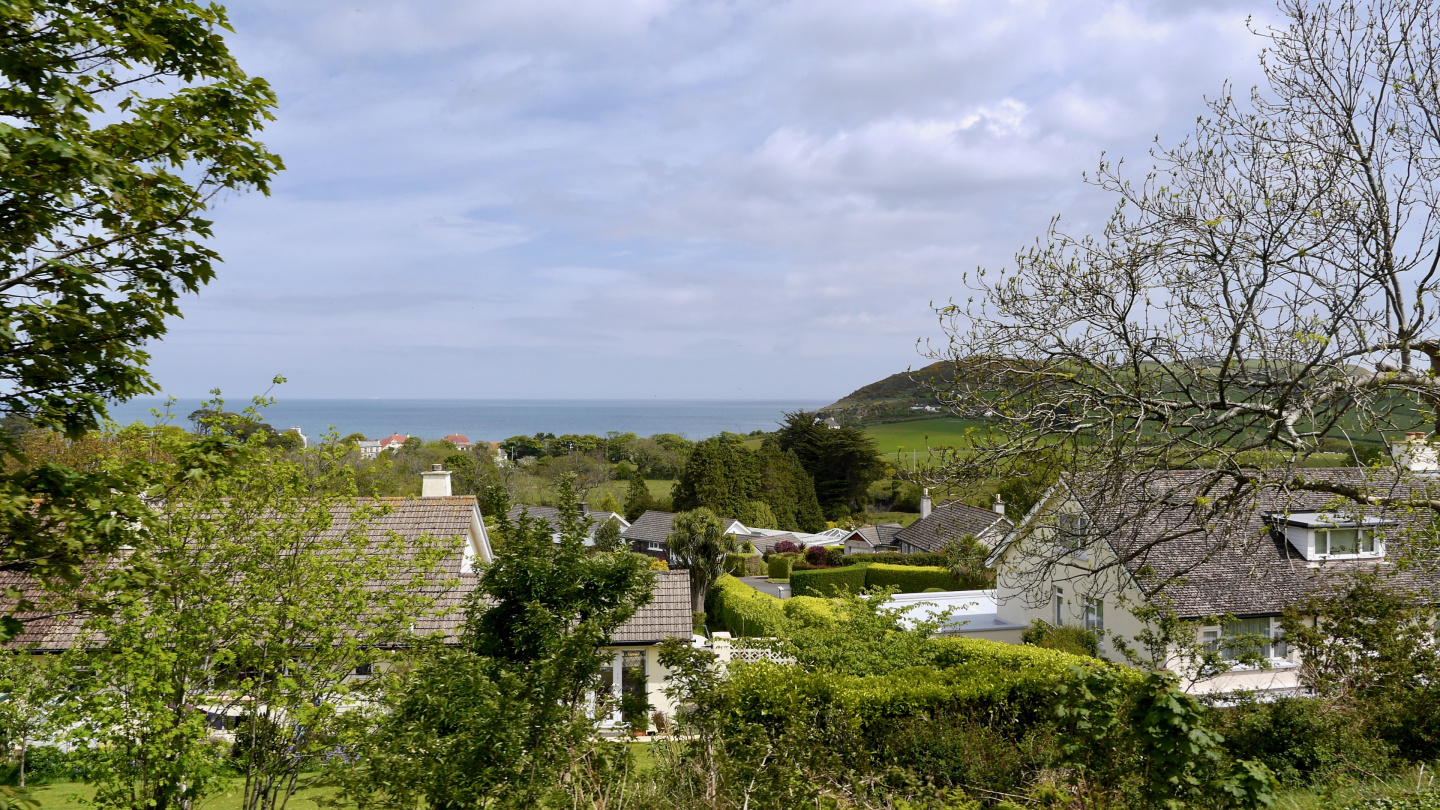
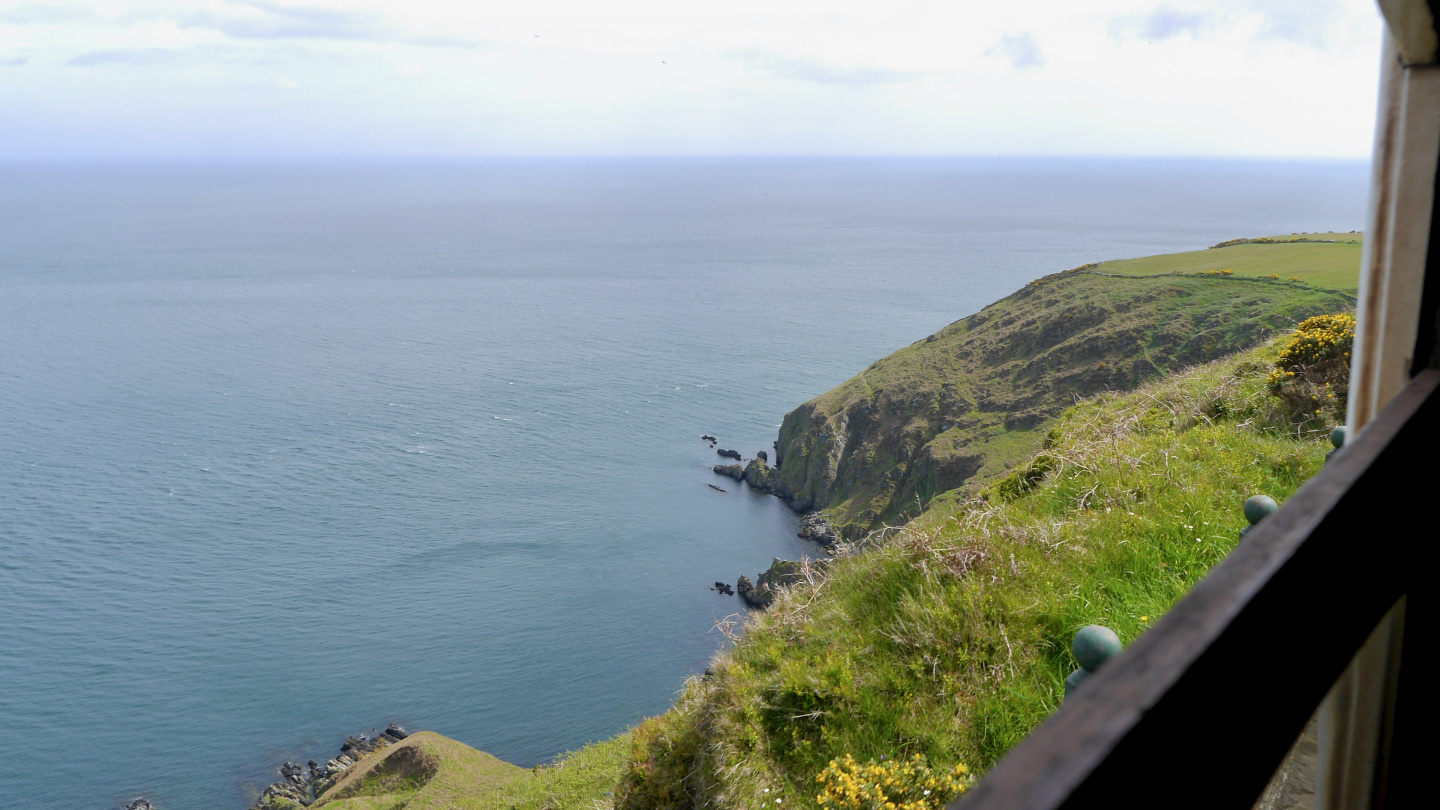
Of course we had to test ride all the lines. First from Ramsay to Laxey, where we changed to the second line going to the top of Snaefell, the highest mountain on the Isle of Man. Being on the top of the mountain was like joining Frodo on Weathertop. The wind was cold, strong and going to the bones. We also heard that in good weather it is possible to see seven different Kingdoms from there.
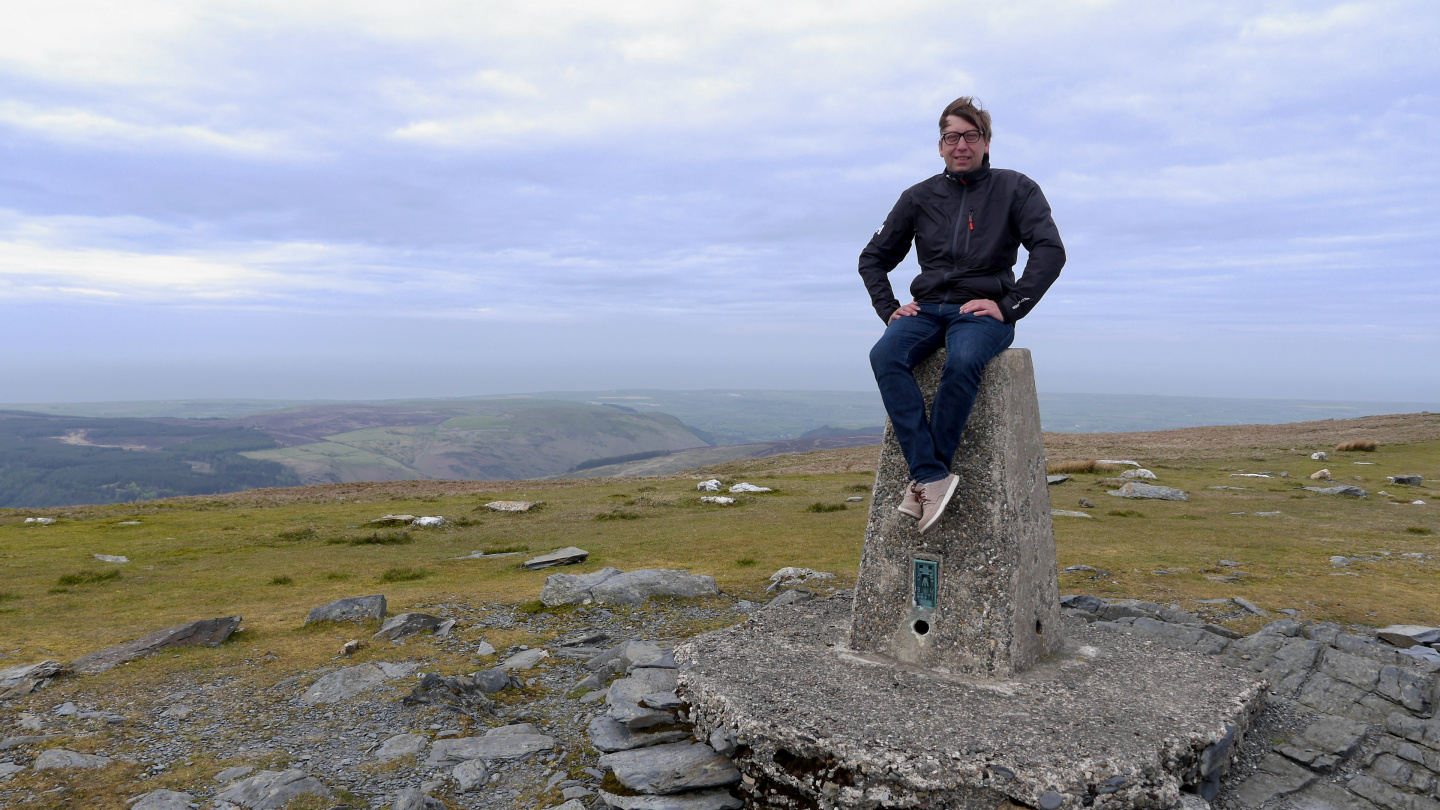
Back in Laxey we changed again for reaching Douglas that is the capital of the Isle of Man. The spirit inside the tramcar was high as it was squeaking and rattling the rails up and down the hills. We even heard that some locals still use them for everyday commute.
In Douglas we changed the electric power to the horse power, that is the Douglas Bay Horse Tramway. The line is 2.6 kilometres long and runs from tramway terminus to Victoria Pier. This route is older than electric trams and the hooves started pulling the carriages already in 1876 and it is the world’s oldest horse drawn tramway. From the 51 original carriages still 21 are running on the promenade of Douglas.
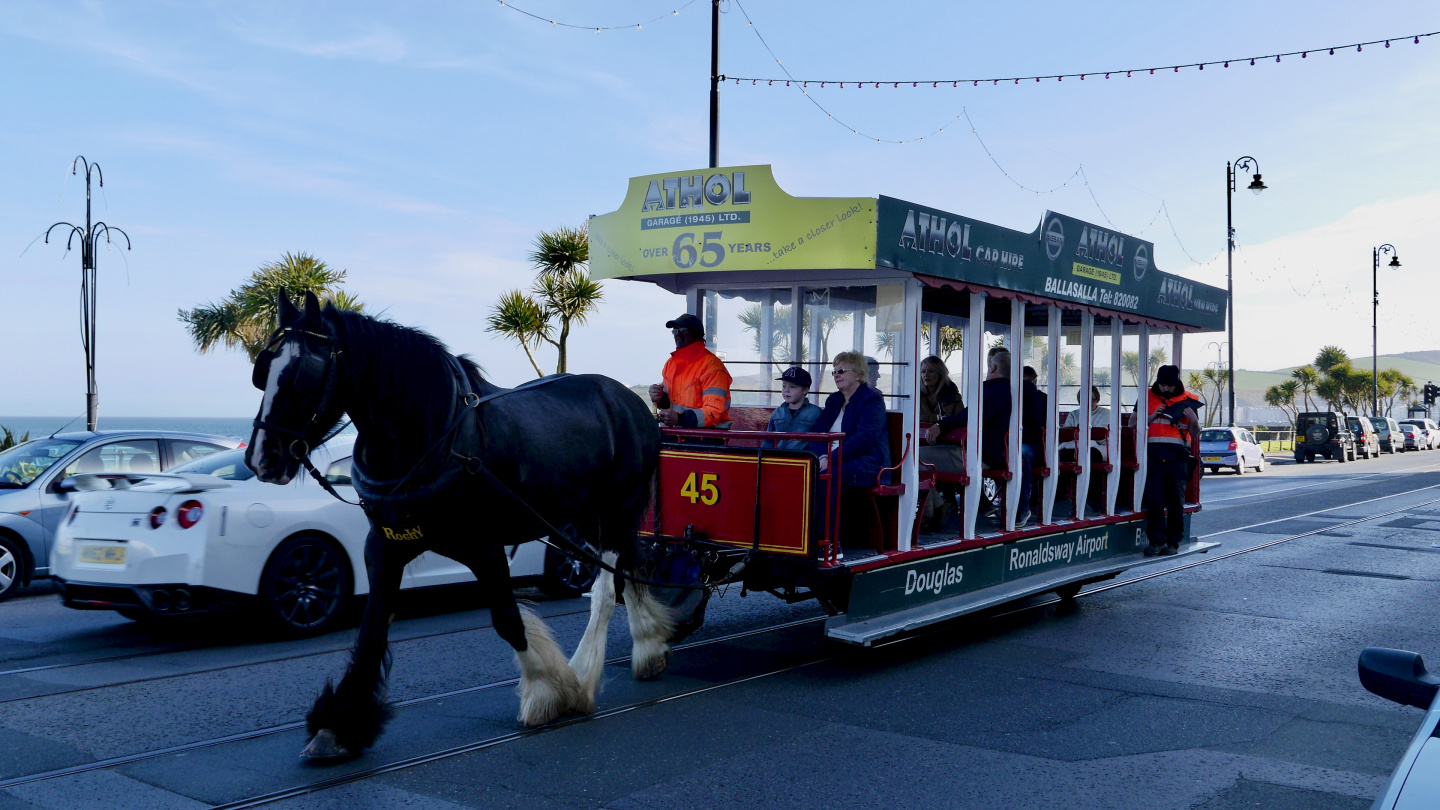
The horse tramway was definitely most incredible. Cars were passing us, almost touching the carriage and the horse did not mind at all. The conductor collected the fees on the step outside the carriage while the driver was guiding the horse in the middle of the traffic and of course stopping at traffic lights as well.
Horse called Una pulled us to Victoria Pier and a couple of days later we had to have another ride. Then the 14 year old Amby eagerly give us a ride of 2.6 kilometres in 20 minutes. Each horse makes at most three return trips daily and works as trammers on average for 15 years.
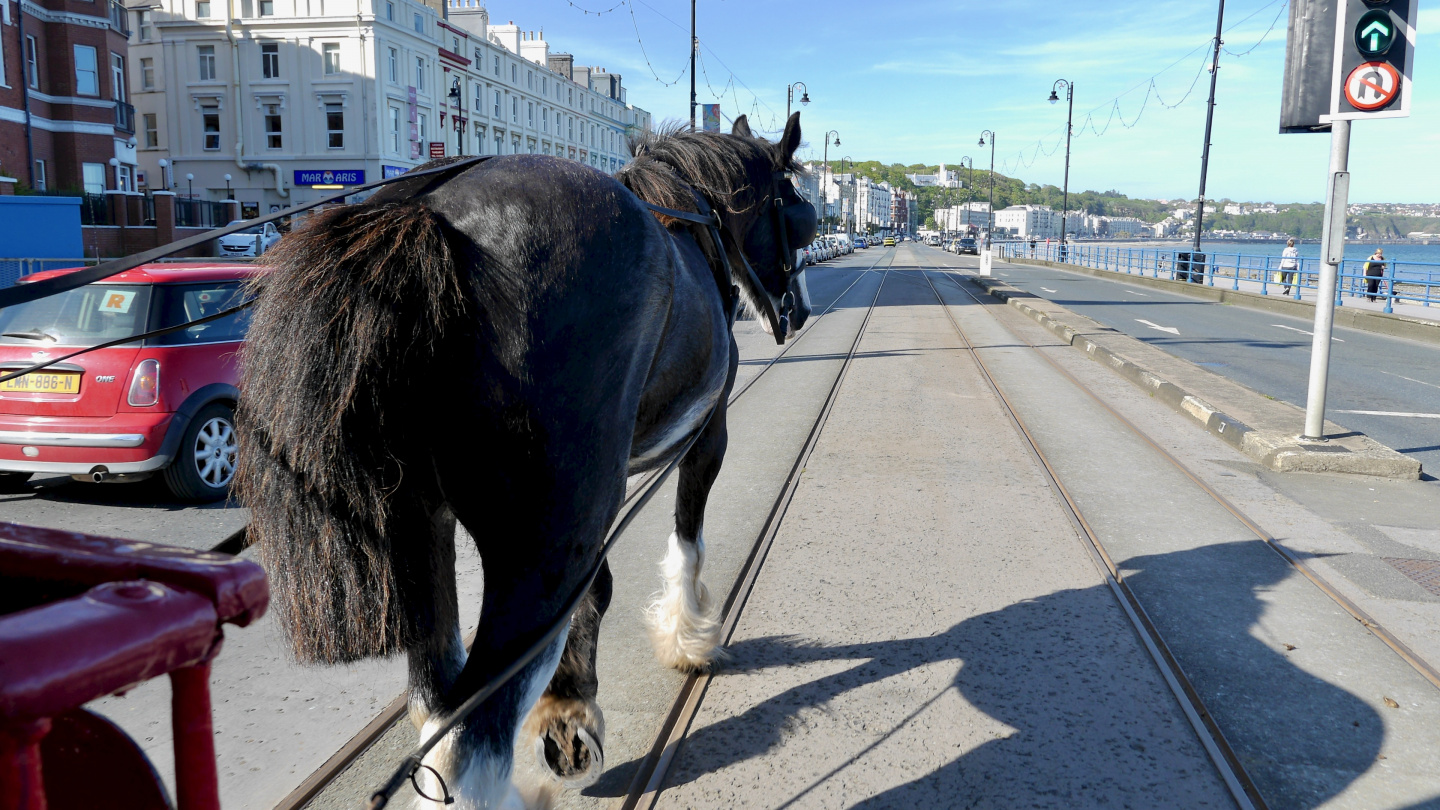
We’re sure that Amby knew that he was on the last leg of the day. He was so enthusiastically pulling towards terminus and nearby Summerhill stables. We joined Amby to look at the trammers’ stables as well. There are total of 15 horses working as trammers.
Next journey took us again further back in time because the first narrow gauge steam train was puffing from Douglas to Peel in 1873. Earlier it was possible to take a train around the Isle of Man but since 1969 it has been operationing only on the south coast between Douglas and Port Erin.
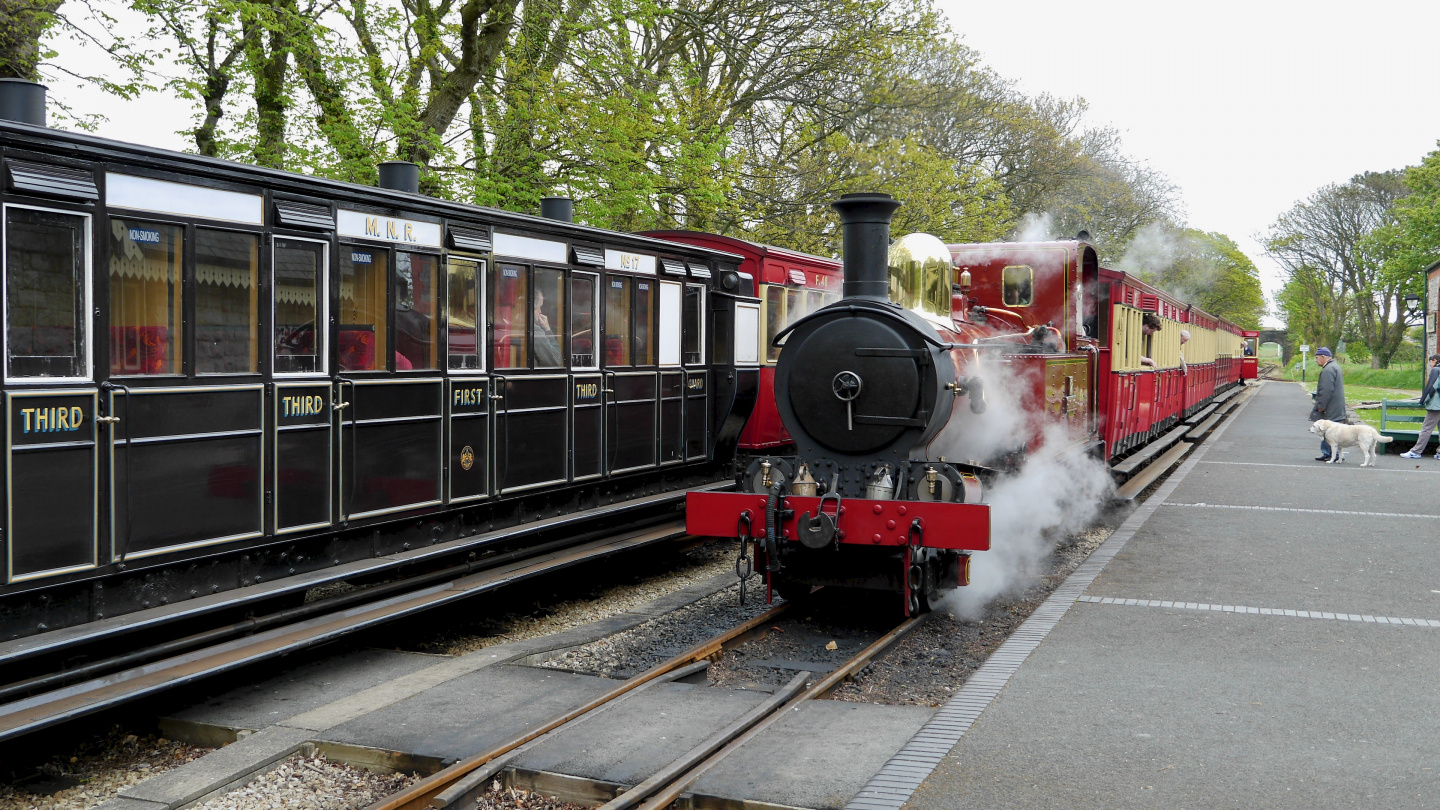
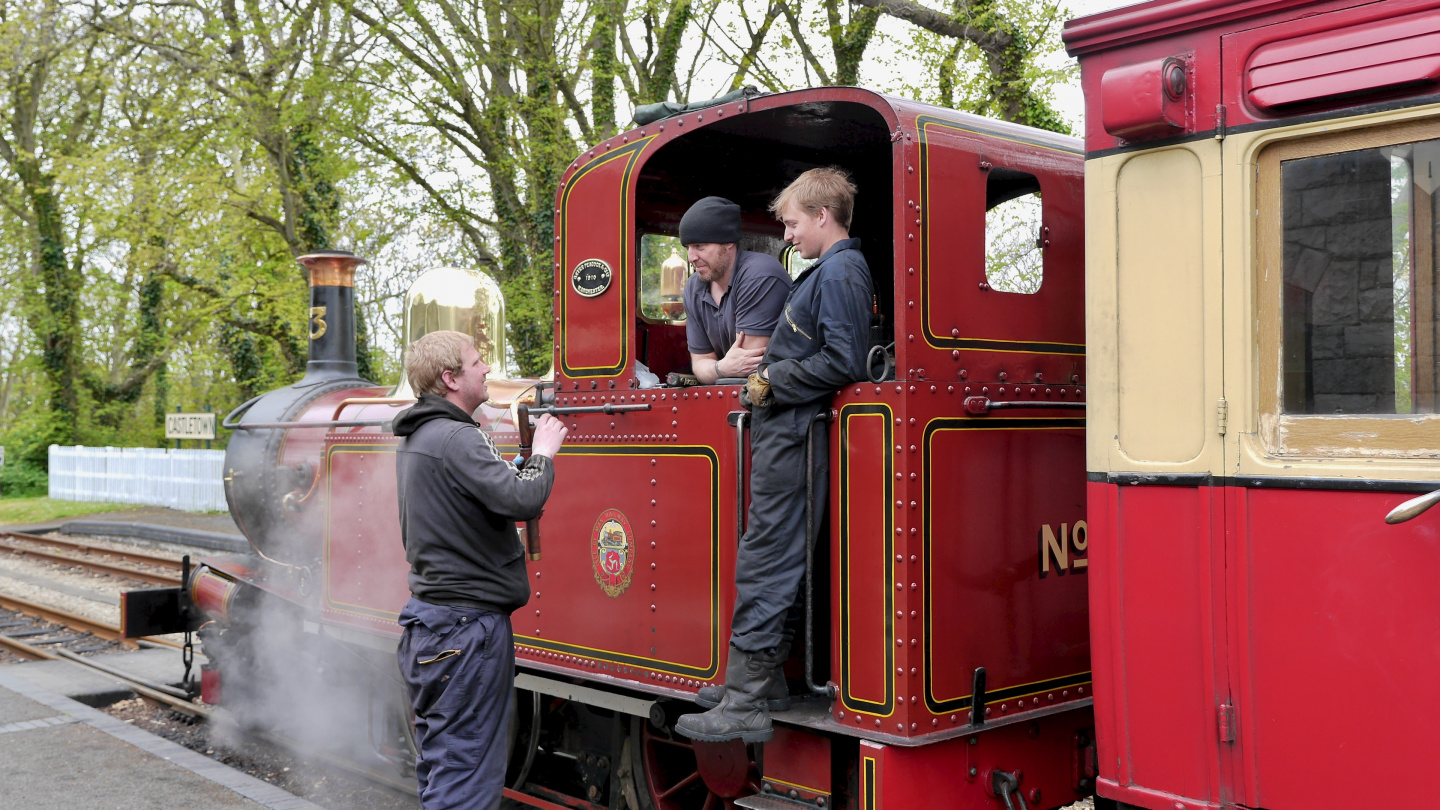
The six original locomotives still run by pulling 18 different carriages. When stepping aboard we could freely choose first, second or third class departments. Of course we chose the best and sat on the couches covered by velvet, this was the nostalgia at the best. For both of us it was the first time onboard steam train and the feeling was fantastic!
Now it was time to join the Hogwarts Express as the engine blew the whistle and steam started to puff while train was accelerating. Our top speed was 40 km/h. In the locomotive the coal was shovelled into burner and the smell of burning coal was getting into the carriages. About half a ton of coal was used during the one hour-long journey. The train followed the coastline of the Isle of Man. We climbed up puffing heavily and then descended back into the valleys and tranquillity of the countryside. The journey was over way too soon as we arrived in the station of Port Erin after 24.6 kilometres.
We were really lucky that we were on the Isle of Man during this weekend as there was something really funny going on in the ancient capital of Mann, Castletown. On Saturday we went watching the 44th World Tin Bath Championships. The competitors had decorated their baths and the winner is determined by who gets further by paddling before sinking his tin bath. This sounded so fun that we had to get there.
Over 70 participants both women and men were competing for the Championship. As the baths started to sink in the 13 degree sea water, the competitors were disqualified. Btw, the rules said that there must be floaters on the baths for retrieving the sunk baths back to shore. After the preliminary heats there were a finals and the winner had a title of the World Champion.
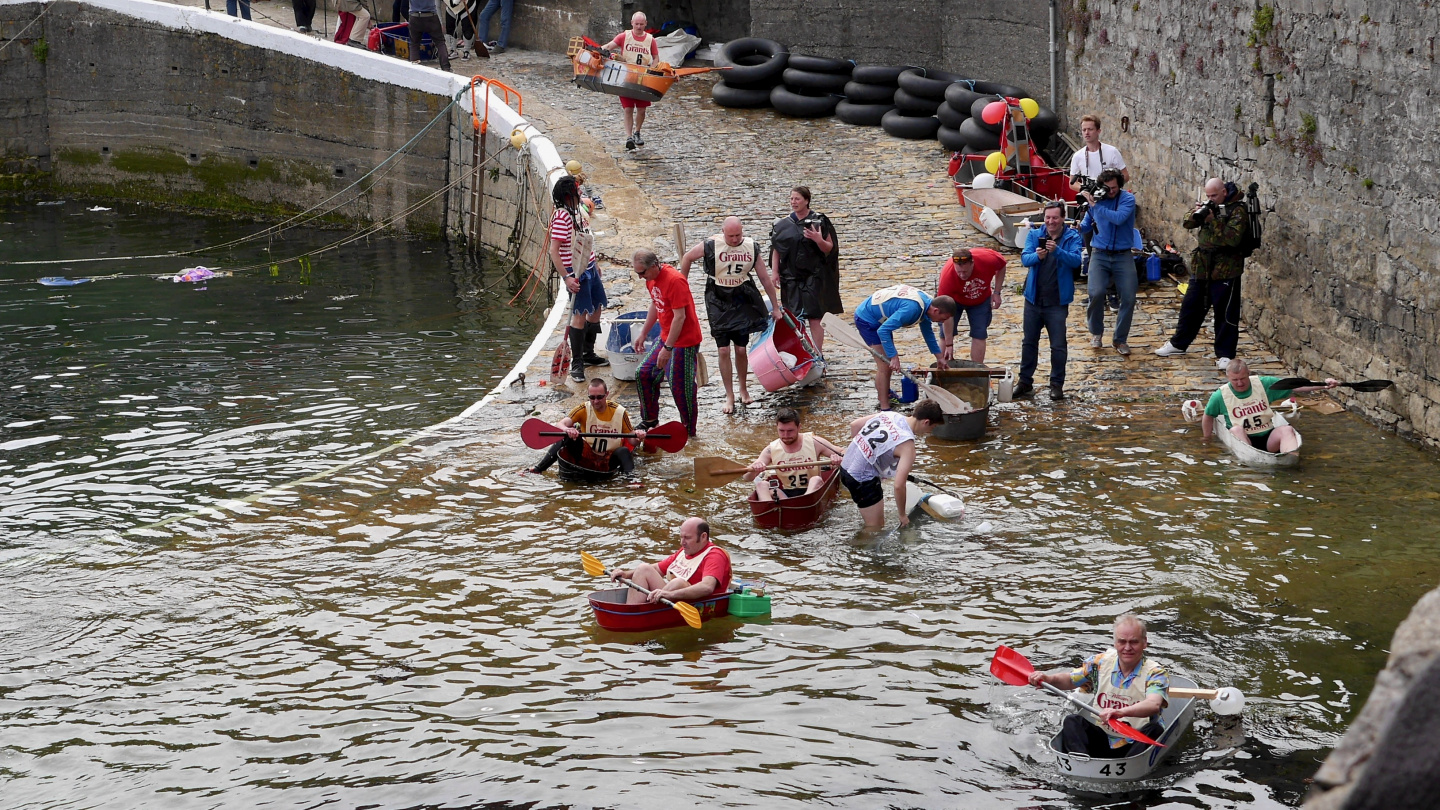
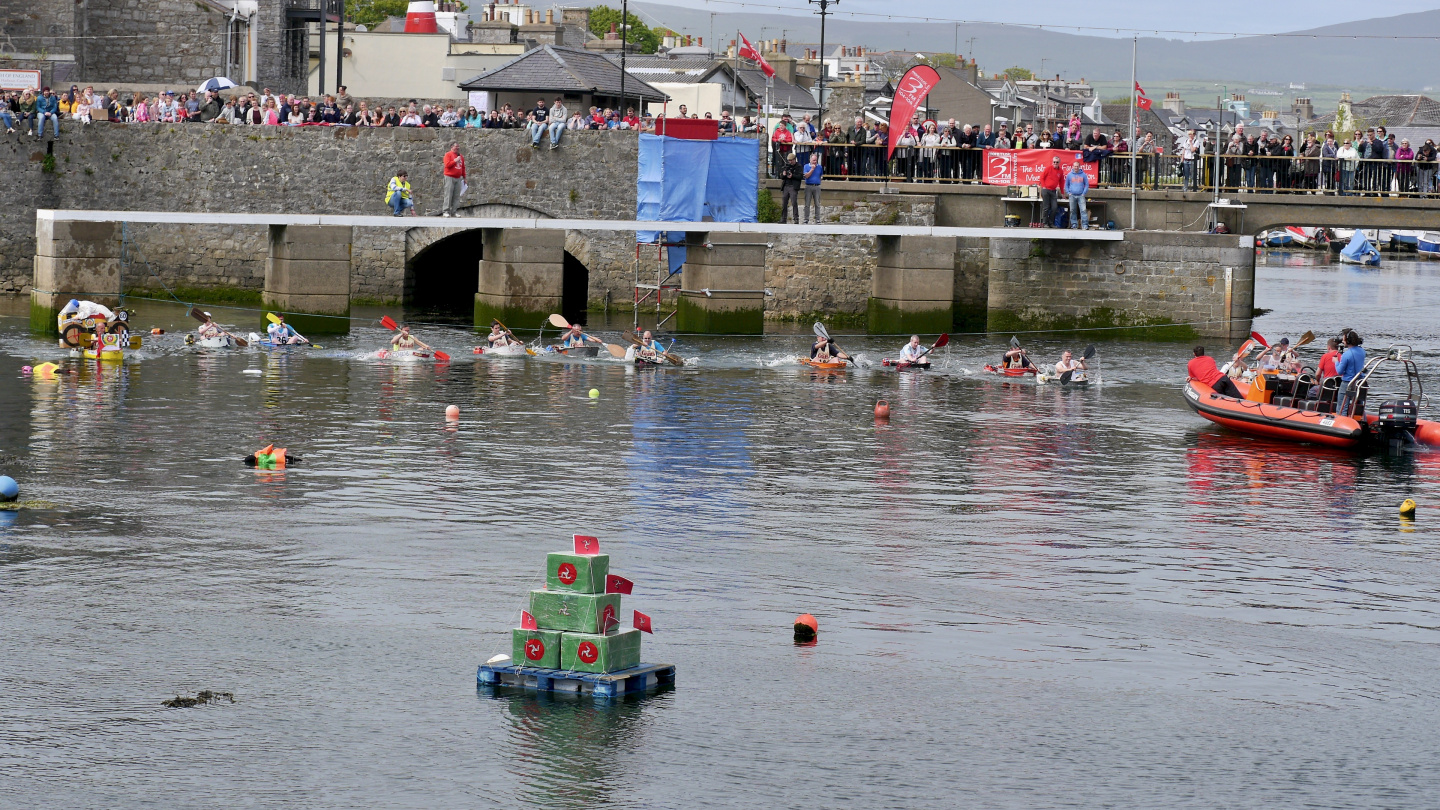
The tin bath championships was arranged in front of the Castle Rushen and we took an opportunity to visit there before the competition. The castle was extremely well preserved and no wonder it is said to be one of the best preserved medieval castles in the British Isles. Norse King built the castle already in 13th century and Vikings, Scottish, English and the Kings and Lords of Mann have ruled it. Up from the towers there was a magnificient view over the whole Castletown.
We could have been spending time for longer time in the Isle of Man. We were exploring the island for only three days and had to skip many sights.
The island itself is an exciting mixture of old and new. It has its unique atmosphere and first of all the Manx people are really friendly and most kind. Again we found a place on the Earth where would be nice to return someday.


Hej Eva-Riitta och Andrus,
Hej Eva-Riitta och Andrus, trevligt att se era bilder och berättelser. Speciellt kul att se platser där man varit själv. Sänder er midsommarhälsningar från ett sommarfagert Vätö i Stockholms skärgård. Esteri och Olle Nevenius.
Hejsan Etri, It was nice to
Hejsan Etri, It was nice to hear about you. We wish you and Olle a nice and warm summer in your lovely summer cottage in Vätö.
kindly Eve and Andrus